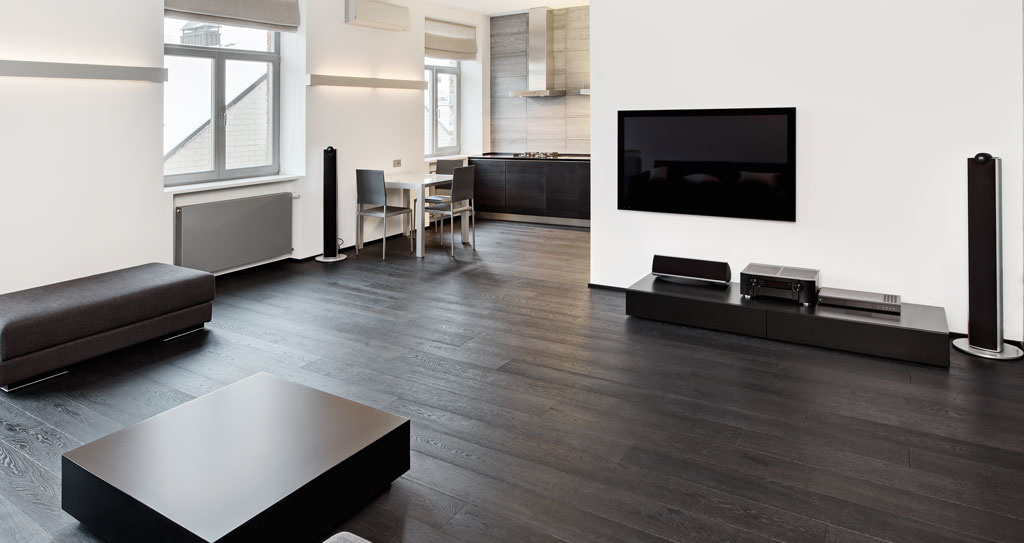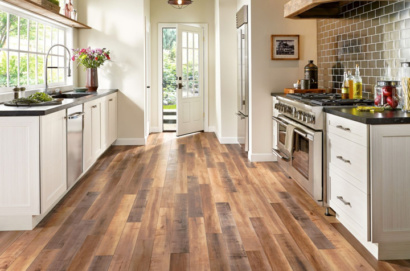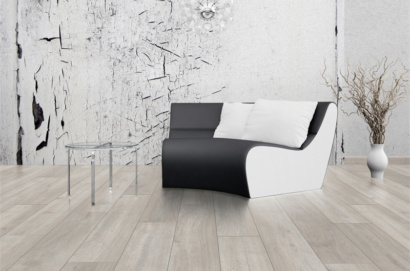
Engineered wood is surely a preference on solid hardwood when flooring is required in any area where changes in humidity and temperature vary. It is relatively more resistant to temperature changes than solid wood. When an installation is below grade, or over or near radiant heating systems and/or any humid area or climate is concerned, engineered wood is firmly favored over solid hardwood, the use of the latter being discouraged by most professionals.
Engineered wood is designed to provide better stability and resistance when moisture or heat may cause problems for solid wood floors. Engineered floors feature a multiple-ply plank design , meant to allow for expansion while maintaining its structural stability. This flooring is made up of an inner core of hardwood and/or softwood plywood or high density fiberboard and a top layer of veneer that is glued on the top surface of the core. These layers are bonded together under heat and pressure.
The stacking of the layers is meant to prevent the natural tendency of hardwoods to expand, contract, warp, or cup when exposed to different environmental factors. Especially, when moisture causes solid hardwood floors to expand excessively. As a result, engineered floors counteract twisting and warping in presence of moisture, and remain flat and intact.
This ‘multiple-ply plank’ feature makes engineered wood an excellent alternative in geographical areas that have excessive humidity, or in building spaces otherwise unsuited for solid hardwood like damp basements. Similarly, engineered flooring is a versatile choice in flooring, resistant to heat as well moisture. Engineered floors is a logical alternative to solid wood in areas where environmental factors do not allow solid hardwood to flourish.




